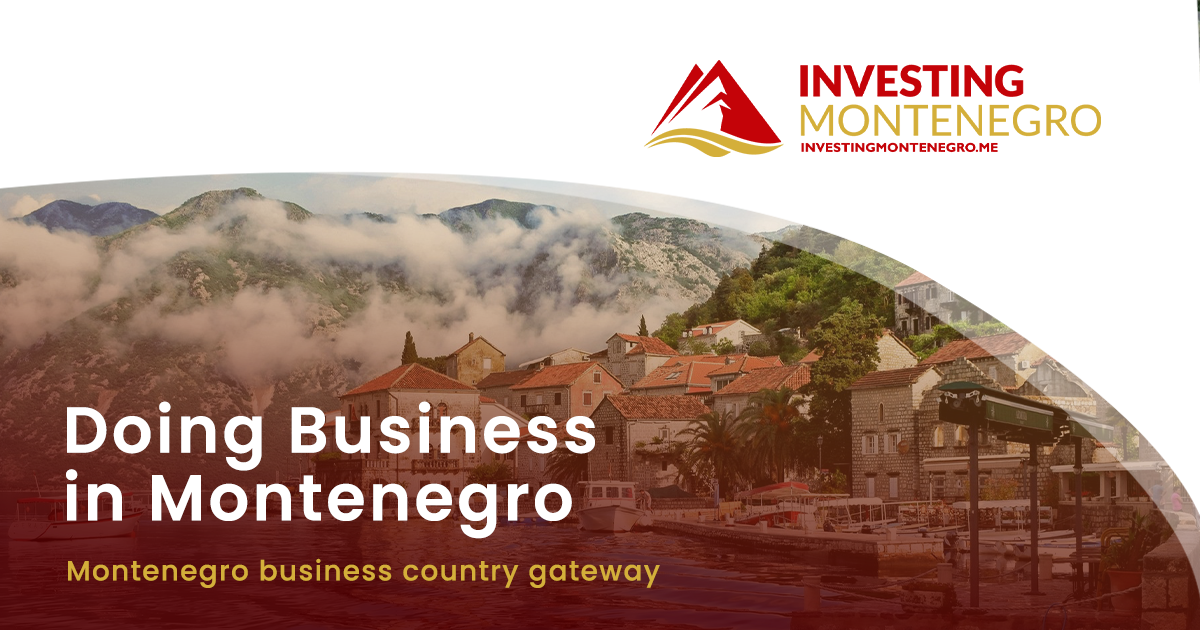Montenegro boasts substantial potential in water, wind, and solar energy and aims to introduce 200 megawatts of electricity from new sources over the next two years, according to Energy Minister Saša Mujović.
Mujović made these remarks ahead of the Belgrade Energy Forum, happening today and tomorrow in Belgrade. The forum will gather leading energy experts to discuss pressing issues in Southeast Europe’s energy sector.
“Montenegro’s rich natural resources in water, wind, and sun pave the way for our plan to introduce 200 megawatts of electricity from new sources within the next two years,” Mujović stated.
He stressed the importance of regional cooperation, noting that countries in the area share common goals and obligations to the European Union (EU). Mujović emphasized the need for collaboration and learning from each other’s experiences to advance together toward the Energy Community and European partners.
Acknowledging the challenges, Mujović underscored the government’s limited capacity to independently carry out the energy transition. He called for support from European partners to address this.
Mujović outlined reducing CO2 emissions and increasing energy production from renewables as vital components of Montenegro’s national energy plan.
The Minister highlighted the Pljevlja Thermal Power Plant (TPP) as a significant issue due to its importance in Montenegro’s energy landscape. He acknowledged the complexities of transitioning away from coal, especially for heating purposes, and the need to find viable alternatives.
Efforts are underway to ecologically reconstruct the TPP by 2025, leading to improved emission levels. However, Mujović noted the challenge of convincing citizens, particularly in northern Montenegro, to shift away from coal for heating.
He emphasized the importance of stimulating energy efficiency measures and noted the launch of a special program to improve efficiency.
At the Belgrade Energy Forum’s Ministerial Panel, participants concluded that greater regional cooperation and increased support from European financial institutions are essential for accelerating the energy transition process.
Mujović reiterated Montenegro’s commitment to reducing gas emissions by 55% by 2030, with the long-term goal of achieving carbon neutrality by 2050.
Highlighting specific projects, he mentioned the Gvozd wind farm, expected to be completed by 2025, and the installation of a new 60-megawatt hydroelectric unit at the Perućica hydropower plant.













